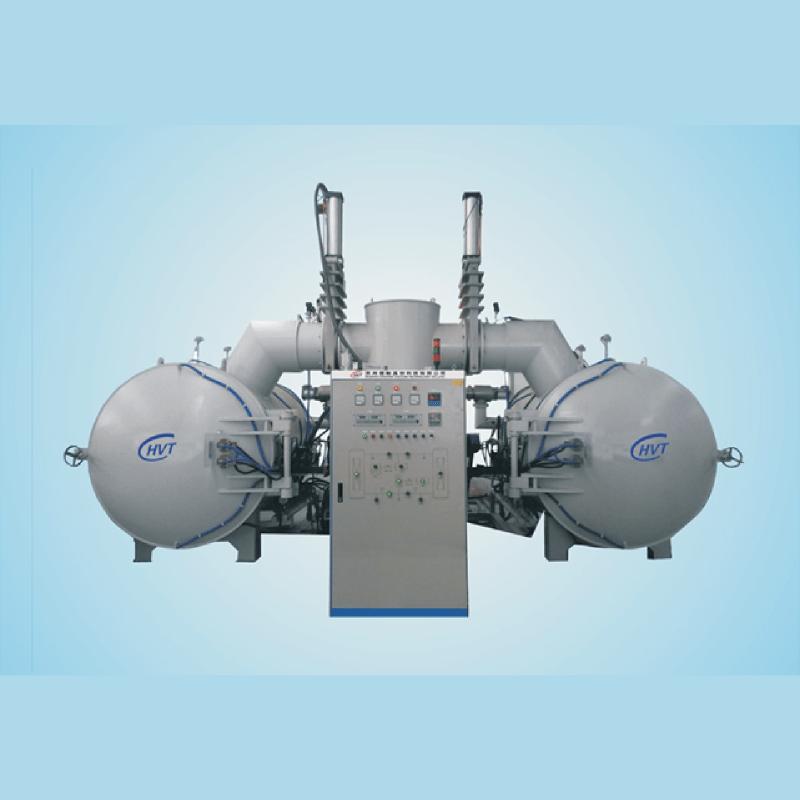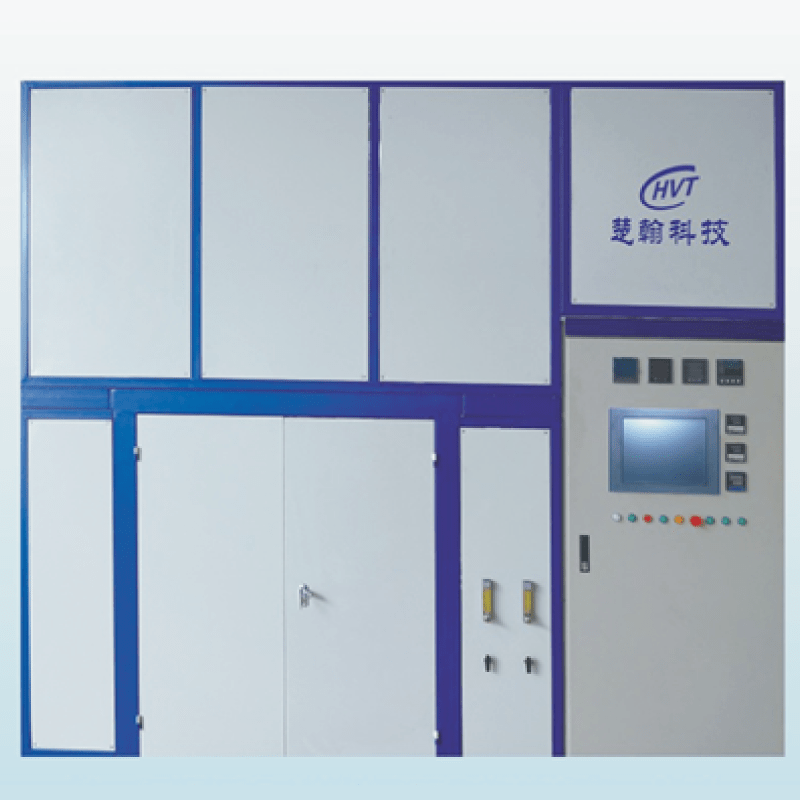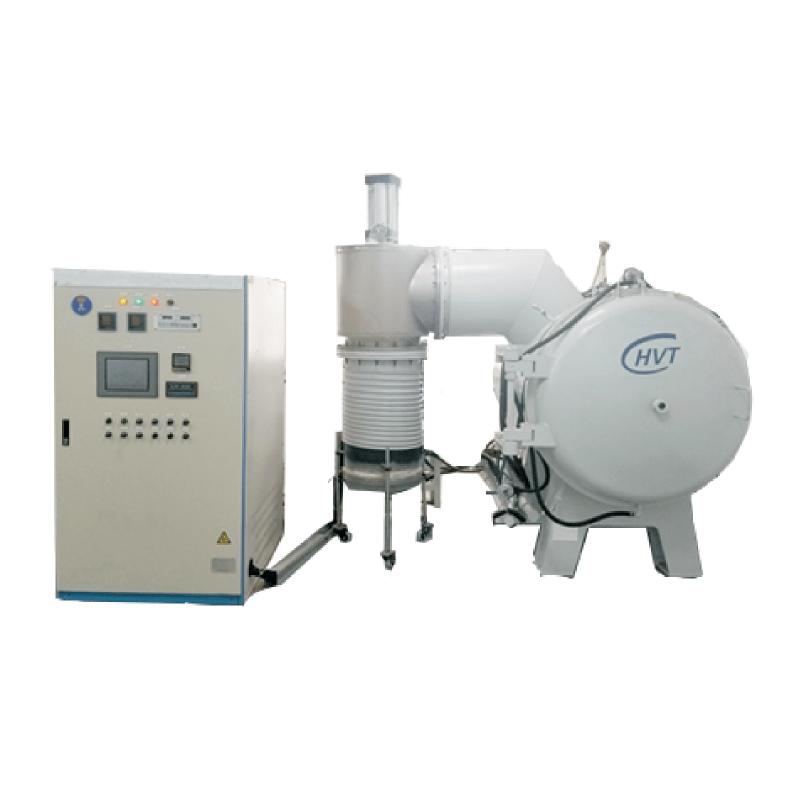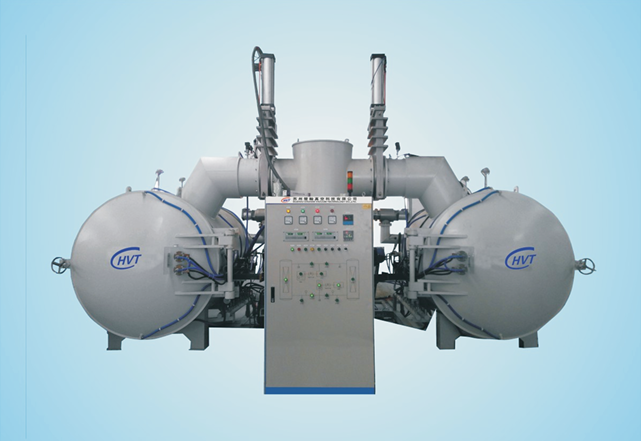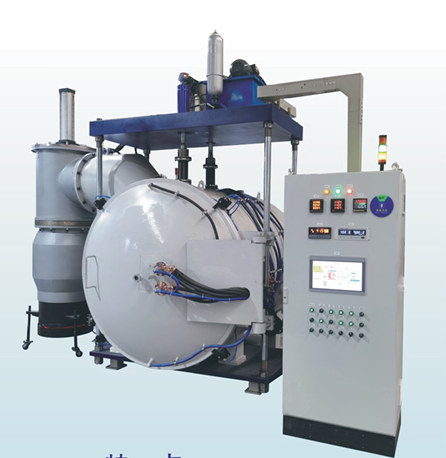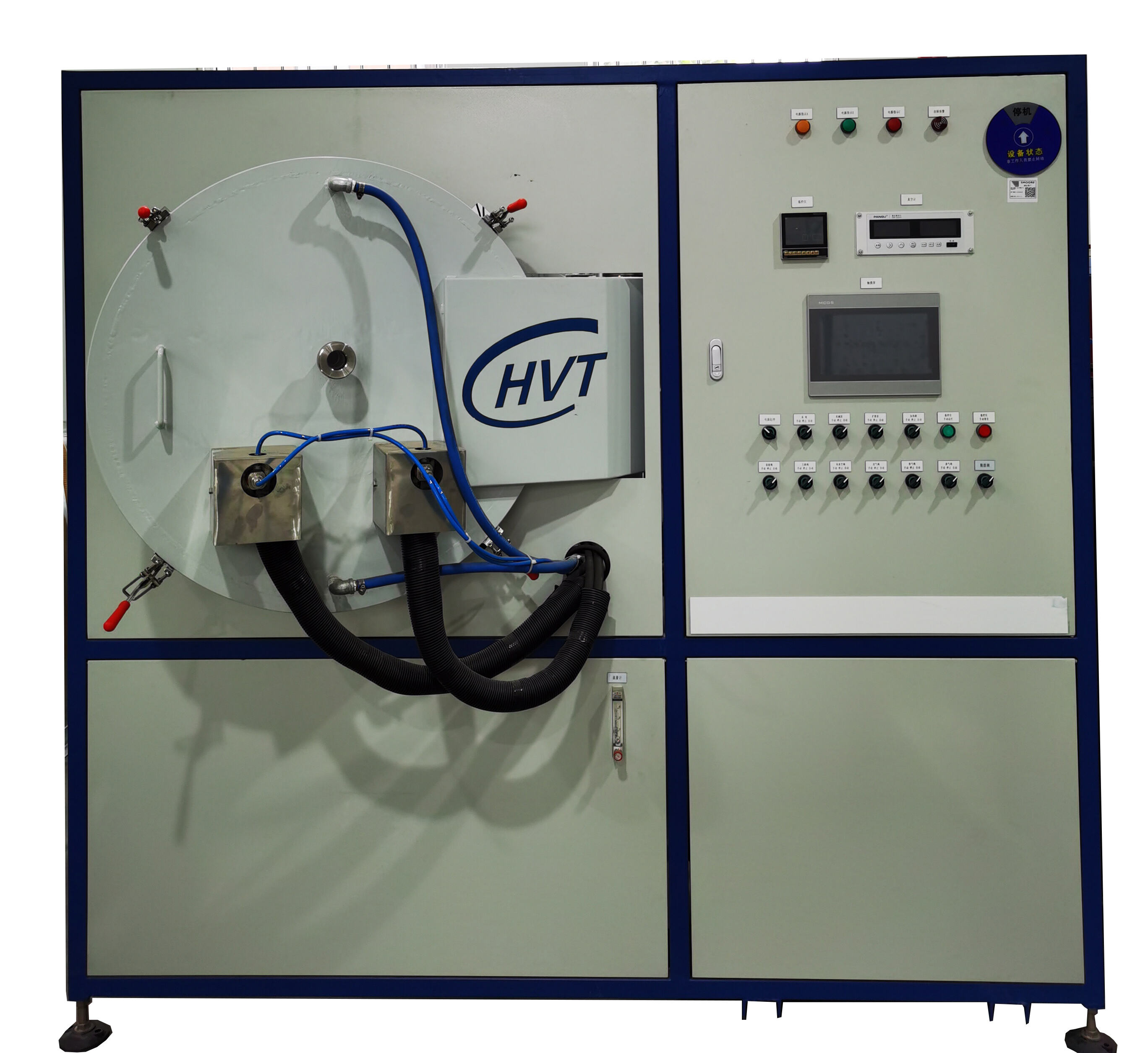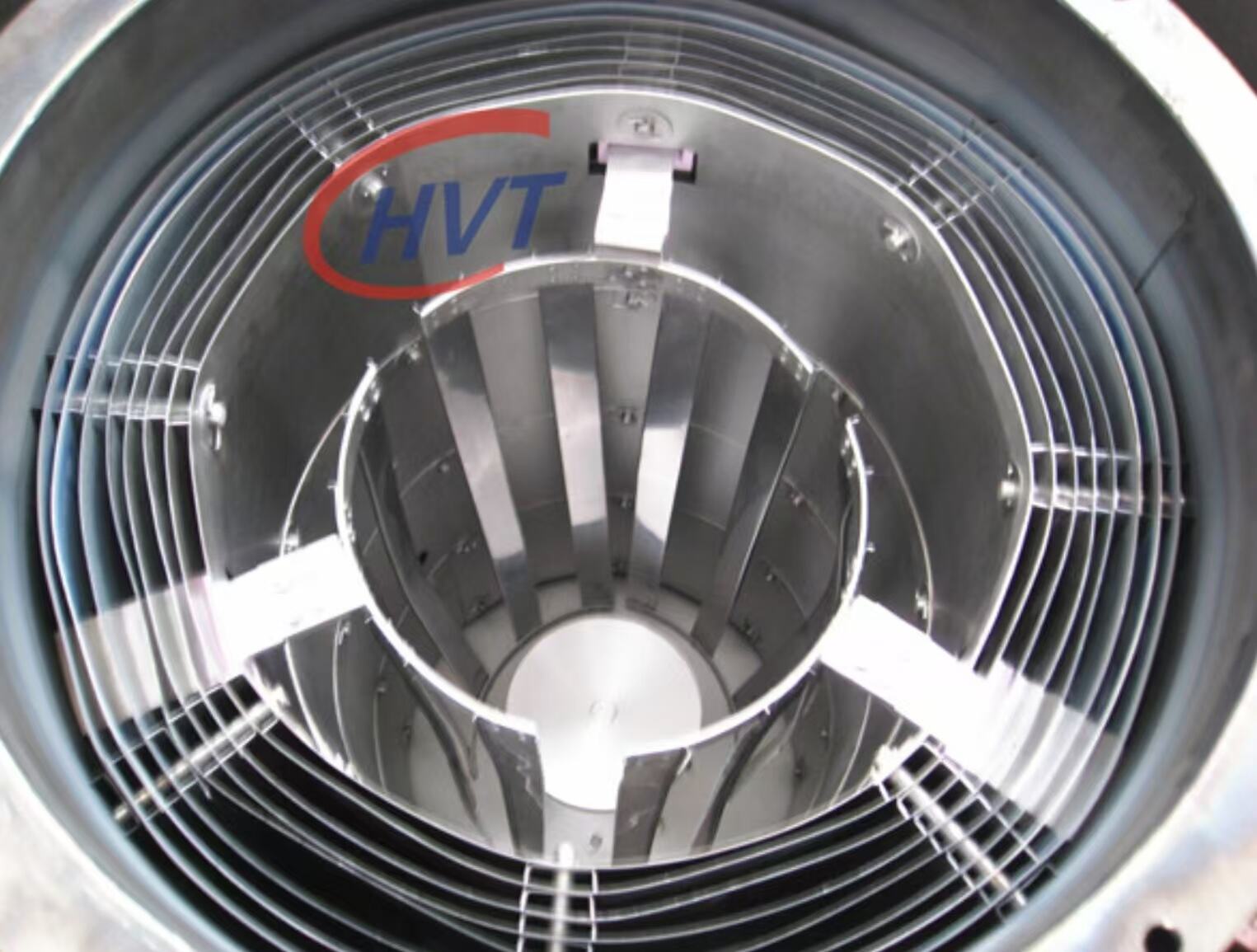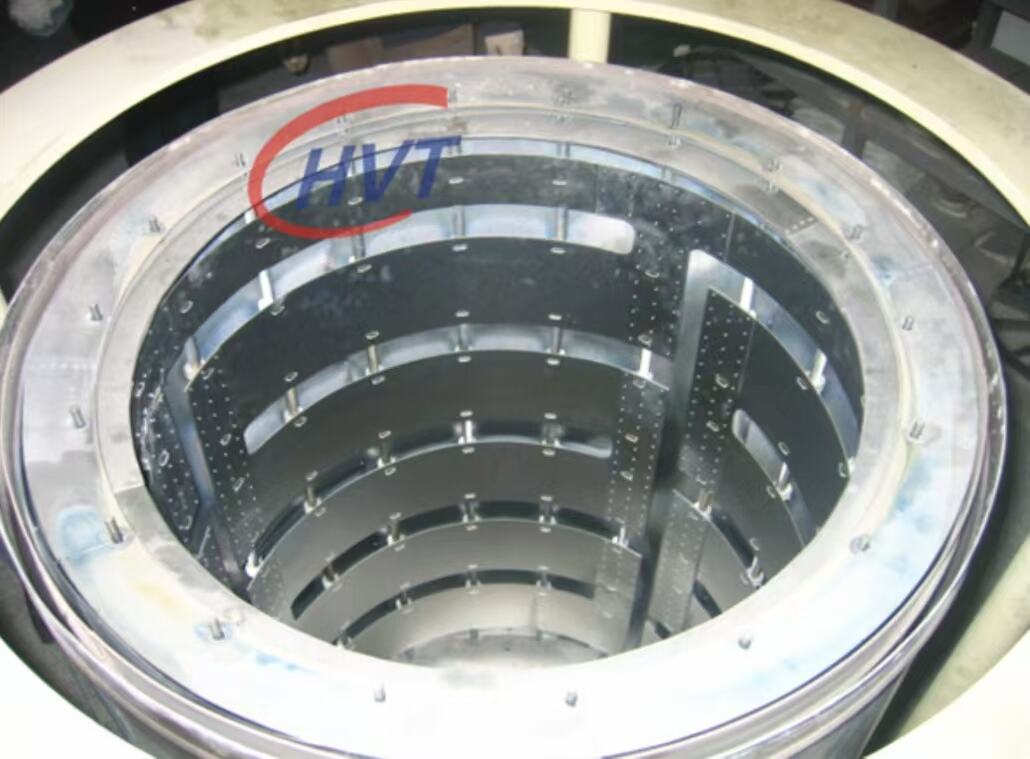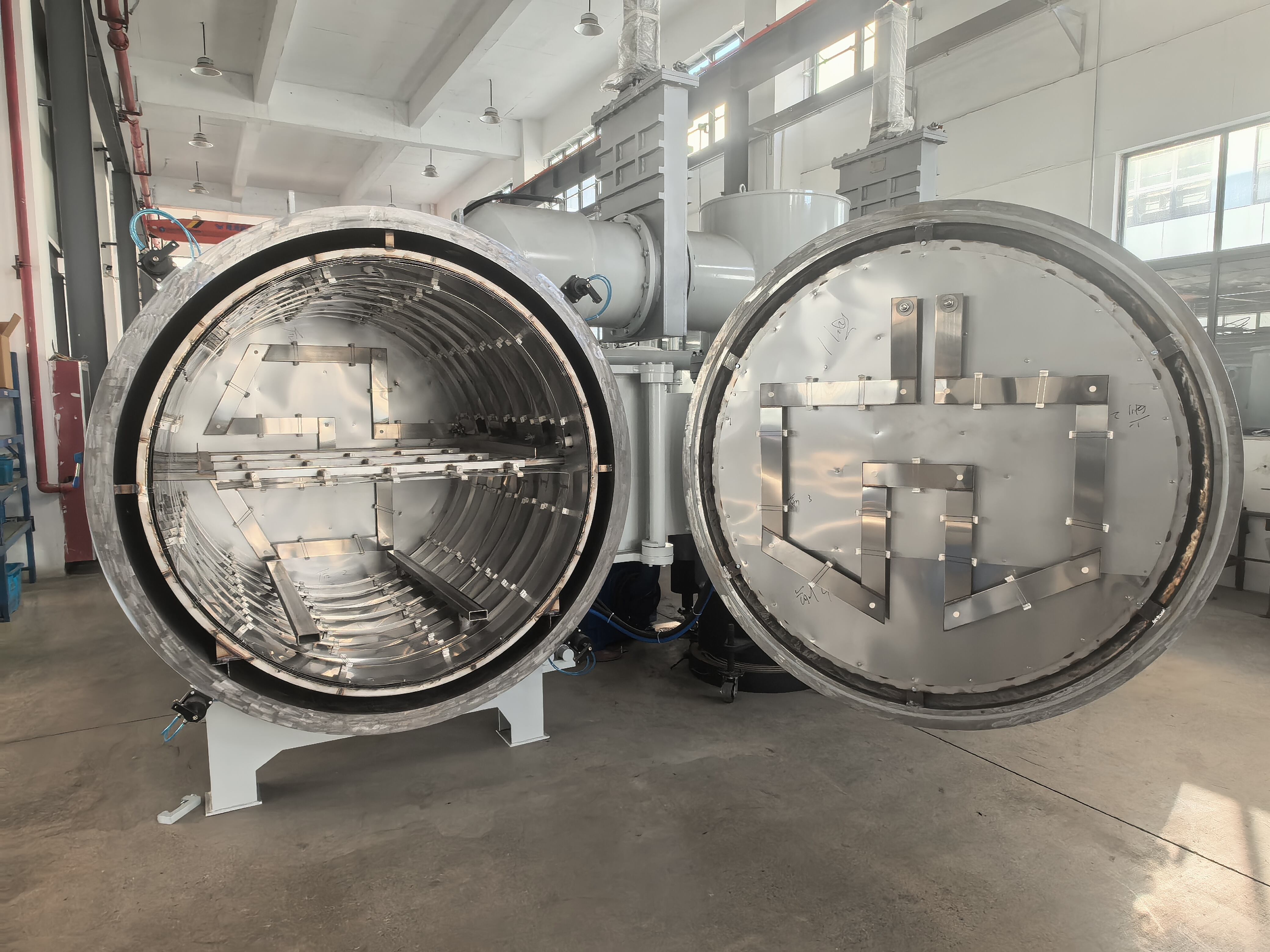bonnet heat shield
A bonnet heat shield is a critical automotive component designed to manage and regulate heat transfer from the engine compartment to the vehicle's exterior and interior spaces. This essential protective barrier is typically constructed from high-grade materials such as aluminum, stainless steel, or advanced composite materials, engineered to withstand extreme temperatures while maintaining structural integrity. The primary function of a bonnet heat shield is to create an effective thermal barrier that prevents excessive heat from damaging sensitive components and affecting the vehicle's performance. It works by reflecting and dissipating heat generated by the engine, exhaust system, and other high-temperature components, thereby protecting the bonnet's paint finish and underlying materials from heat-related degradation. Additionally, the heat shield plays a crucial role in maintaining optimal engine bay temperatures, which contributes to better engine performance and fuel efficiency. Modern bonnet heat shields often incorporate innovative design features such as multi-layer construction, strategic ventilation patterns, and advanced thermal coating technologies that enhance their heat management capabilities. These sophisticated components are essential for both everyday vehicles and high-performance automobiles, where efficient heat management is paramount for maintaining both safety and performance standards.

